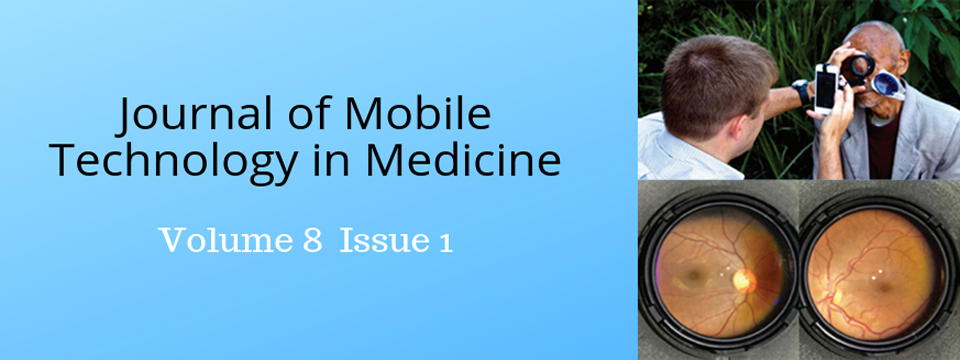Julie Beaulac1,2, Louise Balfour1,2, Kim Corace2, Mark Kaluzienski3, Curtis Cooper2,3,4
1Department of Psychology, The Ottawa Hospital, Ottawa, Canada;
2Ottawa Hospital Research Institute, Ottawa, ON;
3Faculty of Medicine, University of Ottawa;
4The Division of Infectious Diseases, Department of Medicine, University of Ottawa
Corresponding Author: jbeaulac@toh.on.ca
Journal MTM 8:1:11–19, 2019
doi:10.7309/jmtm.8.1.2
Background: Mobile technology interventions present opportunities for enhanced patient engagement and outcomes.
Aims: To assess the feasibility and patient attitudes toward using mobile technology in HCV care.
Methods: Cross-sectional survey data were collected from HCV patients (N=115) at two sites, an academic hospital-based outpatient viral HCV program (n= 92) and a mostly low SES community-based site (n = 23). Measures included demographics, HCV disease status and risk factors, and mobile technology access and preferences. Differences in mobile technology access, use, and preferences by treatment site, treatment experience, ethnicity, gender, education level, and income level were assessed by Mann-Whitney and chi-square tests.
Results: 78% owned a mobile device. Of these, 69% reported having Internet access and 72% unlimited text plans. 66% reported comfort in texting. Half liked the idea of using a cell phone for HCV clinical care; others expressed dislike/uncertainty. Poorer access to mobile technology was reported by treatment naïve, community site, and non-White participants (p values ranging from 0.02 to 0.01). Respondents from the community rated lower comfort in texting (p = 0.01). A similar trend was noted for respondents with incomes below $30,000 as compared to higher income (p = 0.09). Yet, groups similarly liked the idea of using mobile technology in HCV care.
Conclusion: Mobile technology is an alternative model to augment existing HCV care. Variability in acceptability and accessibility of this approach was highlighted. Tailoring care delivery to individual patients with a particular focus on patients being served in community-based programs with low SES will be critical.
Keywords: Hepatitis C, Patient Engagement, Patient Attitudes, Cell Phones, Cross-Sectional Survey
Read More


